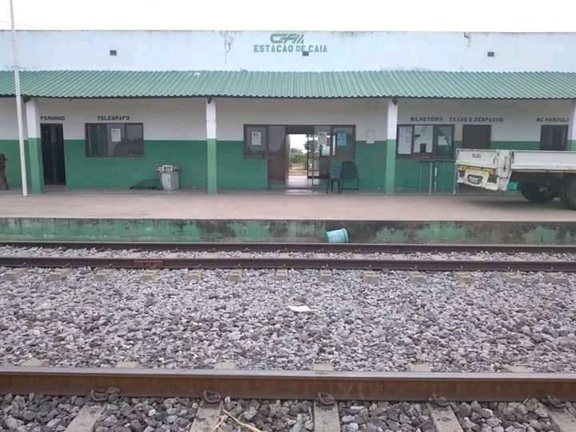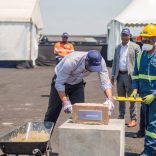Mozambique: Vegetable exports fell 42.5% YoY in Q1 amid post-election unrest – central bank
Mozambique: Food insecurity affects almost 100,000 in Caia district

FILE - For illustration purposes only. [File photo: O melhor de Caia/Facebook]
Nearly 100,000 people in the district of Caia, in Sofala province, central Mozambique, face food insecurity due to the impacts of the El Niño weather phenomenon, the local administrator said on Monday.
Of the district’s inhabitants, 99,347 are food insecure, and most are from the villages of Chatala and Magagade, in the administrative posts of Sena and Murassa, said Nobre dos Santos, quoted yesterday by public broadcaster Rádio Moçambique (RM).
According to the administrator, the insecurity results from the “extreme drought’ caused by the El Niño weather phenomenon, and the central government has begun to provide food assistance to more than 5,000 families affected by the crisis.
“However, there are still a lot of people to assist, a lot of people in need because the support isn’t reaching everyone in need,’ he said.
Nobre dos Santos also pointed to the destruction of agricultural areas by wild animals as one of the aggravating factors for the increase in hunger pangs in the district.
“The population complains about the existence of a hippopotamus that has been devastating crops at night. So we have this problem of animals all over our district,’ he concluded.
On Sunday, the director of the district services for economic activities in the Chibabava district, still in Sofala province, said that around 32,000 families are facing food insecurity due to the impacts of the El Niño weather phenomenon.
“At the moment, we have around 32,000 families in a situation of food insecurity who live on remittances and the sale of small animals. The most affected area is the Goonda administrative post, our granary regarding cereal production,’ said Hélder Alberto.
According to Alberto, the local government has already started to assist around 4,100 families affected by the drought, especially those in the Goonda administrative post in the Chibabava district.
The United Nations Children’s Fund (Unicef) recently estimated that around 4.8 million people need humanitarian assistance in Mozambique, with $64 million (€60.6 million) needed to meet the needs.
“The multiple crises currently affecting Mozambique – conflict, drought and public health emergencies – are straining humanitarian resources. Around 4.8 million people need humanitarian assistance (10% of people with disabilities), including 3.4 million children,’ reads a statement from Unicef.
In September last year, the United Nations (UN) said that nearly two million people needed humanitarian assistance in the country.
“This year, Mozambique was affected by drought induced by the El Niño phenomenon during the 2023-2024 season. Around 1.8 million people face food insecurity between October and March 2025. Faced with this situation, the need for humanitarian assistance for the affected communities has been increasing, especially in Mozambique’s central and southern regions,’ explained the organisation.
Mozambique is considered one of the countries most severely affected by global climate change. During the rainy season, which lasts from October to April, it experiences cyclical floods and tropical cyclones.
El Niño is a change in atmospheric dynamics caused by increased ocean temperature. This meteorological phenomenon is also causing torrential rains in East Africa, which have already killed hundreds in several countries, including Kenya, Burundi, Tanzania, Somalia, and Ethiopia.












Leave a Reply
Be the First to Comment!
You must be logged in to post a comment.
You must be logged in to post a comment.